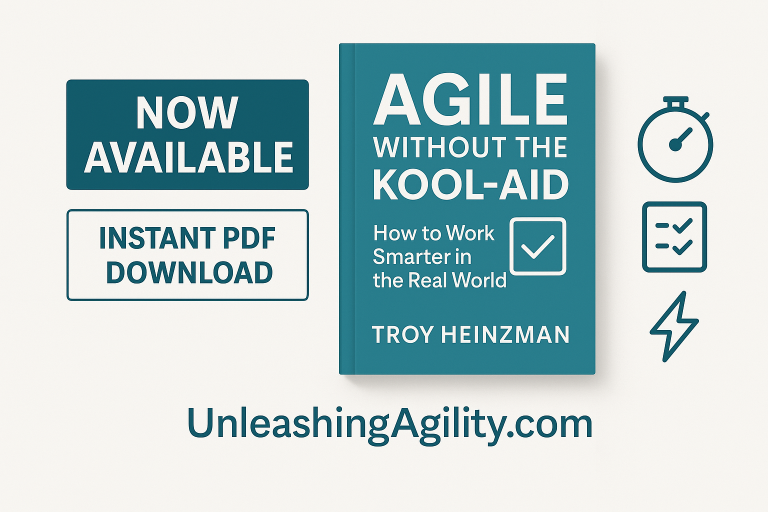The business world is akin to a living organism – dynamic, ever-evolving, and unpredictable. Today, we see transformations taking place at a scale and pace that would have been unthinkable just a decade ago. The catalyst? A unique combination of technological advances and an unexpected global pandemic that has made adaptability and resilience the backbone of modern businesses.
Agility: Not Just a Buzzword, But a Business Imperative
The term ‘agile’ has been floating around the corporate lexicon for some time now. It has often been overused, occasionally misunderstood, but most importantly, it’s become an absolute necessity in today’s business ecosystem. Embracing agility means adopting a flexible mindset that enables swift, purposeful pivots in strategy and execution, keeping a laser-sharp focus on meeting customers’ changing needs.
An agile organization is akin to a symphony orchestra, where each section (be it strings, brass, woodwind, or percussion) knows its part but remains attuned to the other sections. Just as the conductor synchronizes all sections to create harmony, agile leadership aligns different teams to respond to market changes swiftly and effectively.
Embracing Agility – The Real-World Translation
A 360-degree approach to agility goes beyond mere strategic changes – it fundamentally redefines how organizations function. Here’s how businesses can translate agility from a concept to concrete actions.
Employee Empowerment: An agile business empowers its employees. It gives them the autonomy to make decisions and the freedom to learn from their successes and failures. This culture of trust propels innovation, problem-solving, and a sense of ownership among teams.
Iterative Approach: Agile organizations embrace an iterative approach to projects and processes. They favor ongoing adjustment over perfection, thereby enabling a rapid response to changing circumstances. This flexibility allows them to learn, grow, and innovate at a faster pace than their competitors.
Collaborative Ecosystem: Agile firms promote a collaborative environment that encourages cross-functional interactions. They break down siloed departments and promote fluidity, allowing for holistic problem-solving and a richer understanding of the big picture.
Customer-centric Mindset: At the heart of agility lies a relentless focus on the customer. Agile organizations constantly align their offerings with changing customer expectations. They use feedback as a roadmap for improvement, ensuring that customer satisfaction is at the forefront of all decision-making.
The Impact of Agility
Agile companies often outperform their less nimble competitors. They’re more adept at navigating market volatility, more successful at launching new products and services, and are typically better at retaining their employees due to the inclusive and empowering work environment.
In an era of unpredictability and rapid change, being agile isn’t just about surviving – it’s about thriving. Agility helps businesses pivot with purpose, turning threats into opportunities and capitalizing on emerging trends.
As the business world continues to evolve at breakneck speed, agility will increasingly become a non-negotiable attribute. Embracing agility today will help organizations stay ahead of the curve tomorrow, turning the challenges of an ever-changing landscape into catalysts for growth and innovation. So let’s keep pushing boundaries, challenging the status quo, and adapting with agility, as we shape a resilient future for our businesses.







